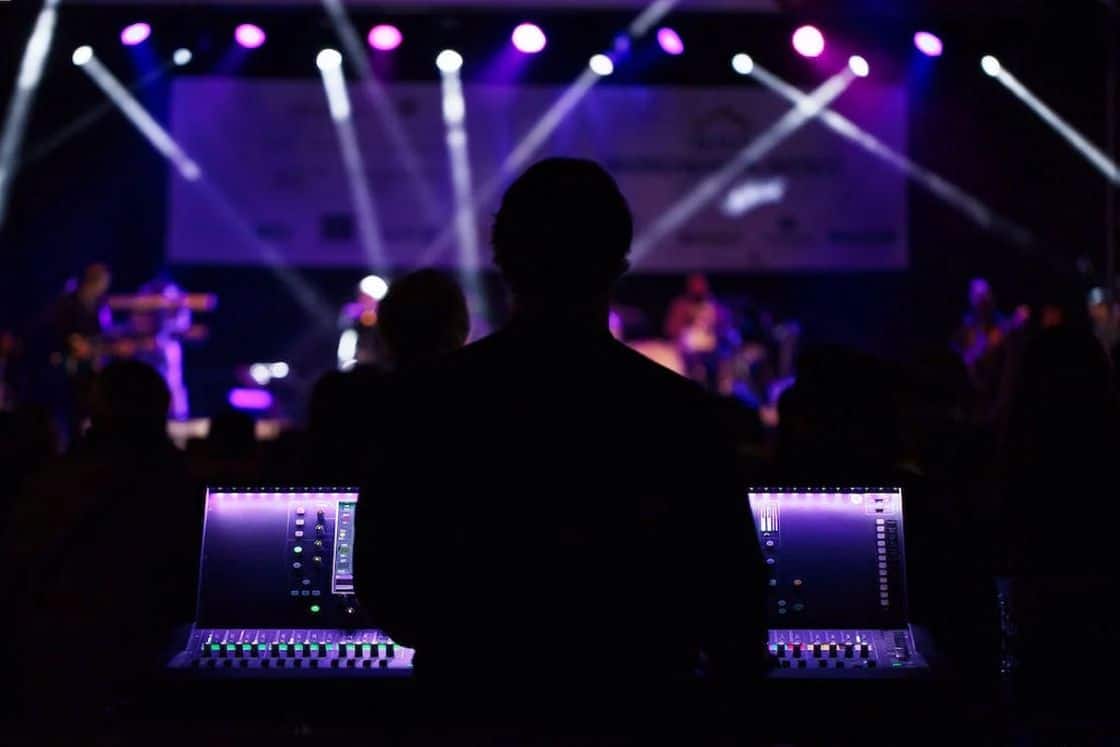Illumination plays a vital part in motion mapping because it sets the mood and feel of the exhibit. Different illumination methods can elicit various emotions and reactions from the viewers. For instance, using soft, warm lights can create a inviting environment, while vivid, cold lights may produce a more energetic or dramatic impact. By thoughtfully choosing illumination hues and brightness, artists can manipulate how audience interpret the displayed images, leading to a more engaging encounter. The balance between projection brightness and ambient light is essential, as it can significantly impact the clarity and effect of the visuals.
In addition, color and intensity, the direction of light also influences the effectiveness of mapping. Illumination from different directions can generate shadows and highlights that add dimension to the mapped visuals. This technique, known as chiaroscuro, can enhance the three-dimensionality of the objects being mapped. Furthermore, see this site using dynamic illumination can introduce energy to the exhibit, making the encounter more involving for the viewers. When the illumination collides with the mapped images, it can produce an effect of motion and change, grabbing the audience's focus.
Another important aspect of lighting in projection in the use of unique features. Techniques such as gobo lighting, which employs shapes and forms to project light, can add texture and intricacy to the mapping. This approach enables artists to layer visuals and produce aesthetically captivating results that enhance the projection. Additionally, incorporating lasers or LED lights can additionally enhance the display, offering a unique mix of sight elements that draw the audience in. These special features, when used carefully, discover this info here can transform the projection beyond a simple display to an immersive work of art.
In summary, the influence of lighting methods on video mapping is significant. By comprehending how various lighting elements connect with mapped visuals, creators can produce enthralling encounters that connect with audience. The thoughtful choosing of hue, intensity, angle, and unique features enables for a rich canvas of visual storytelling. As technology advances to evolve, the options for creative expression in mapping will only expand, making illumination an increasingly vital aspect in this progressive creative form.
